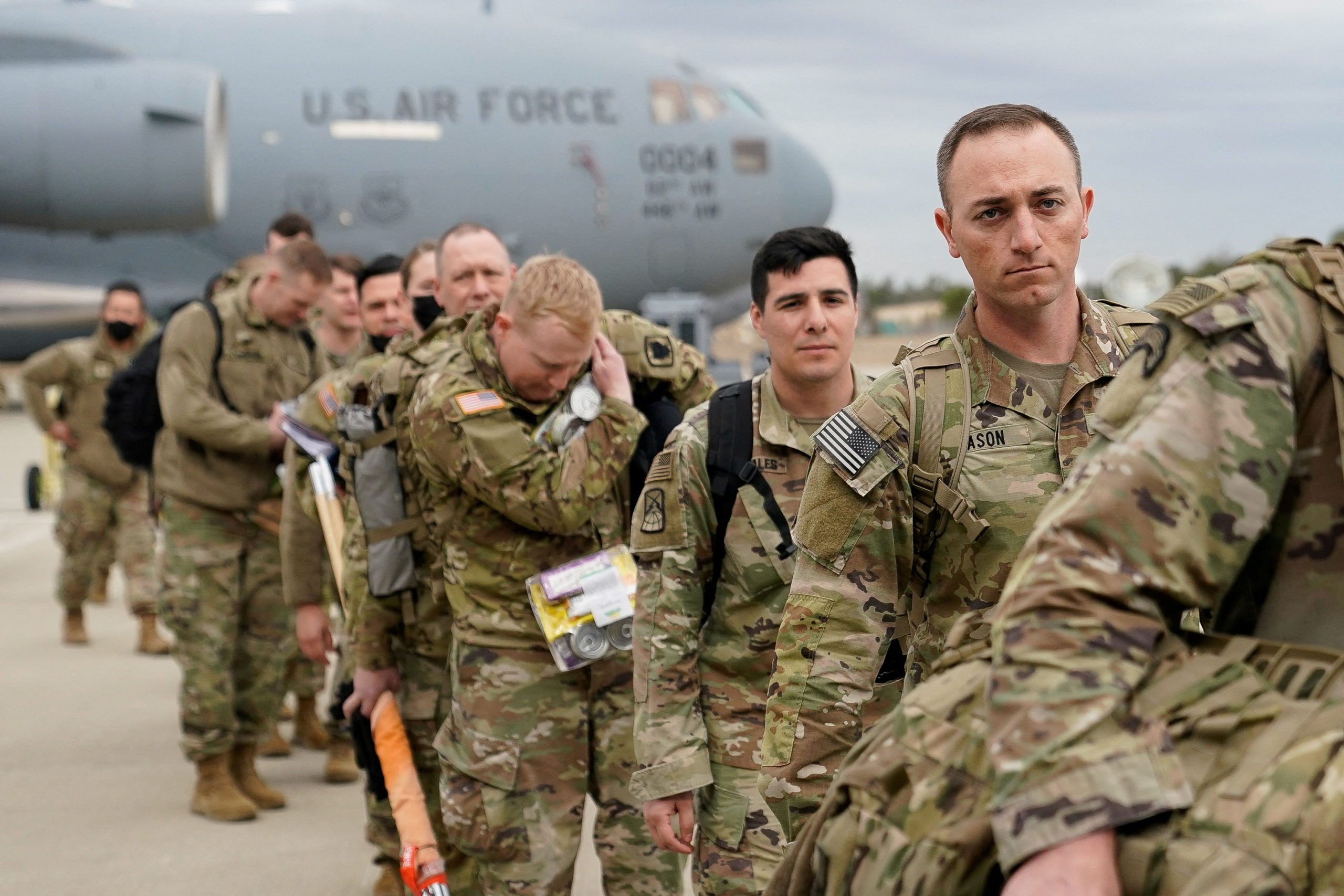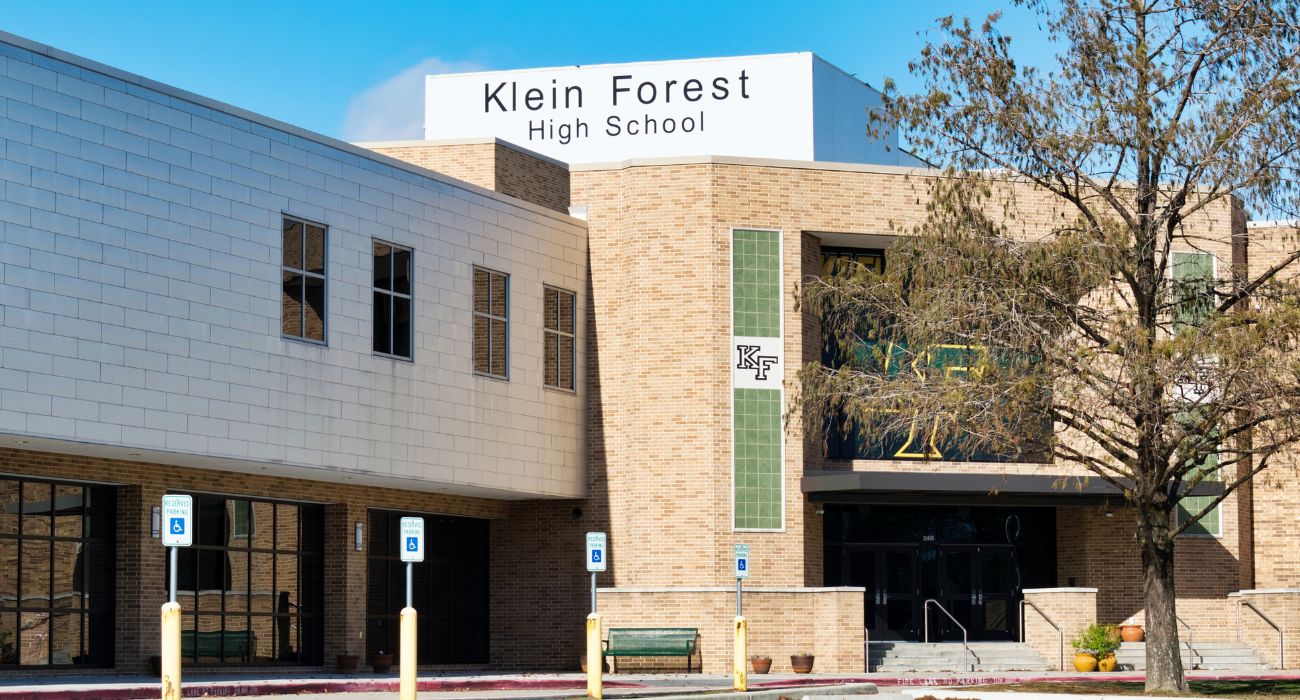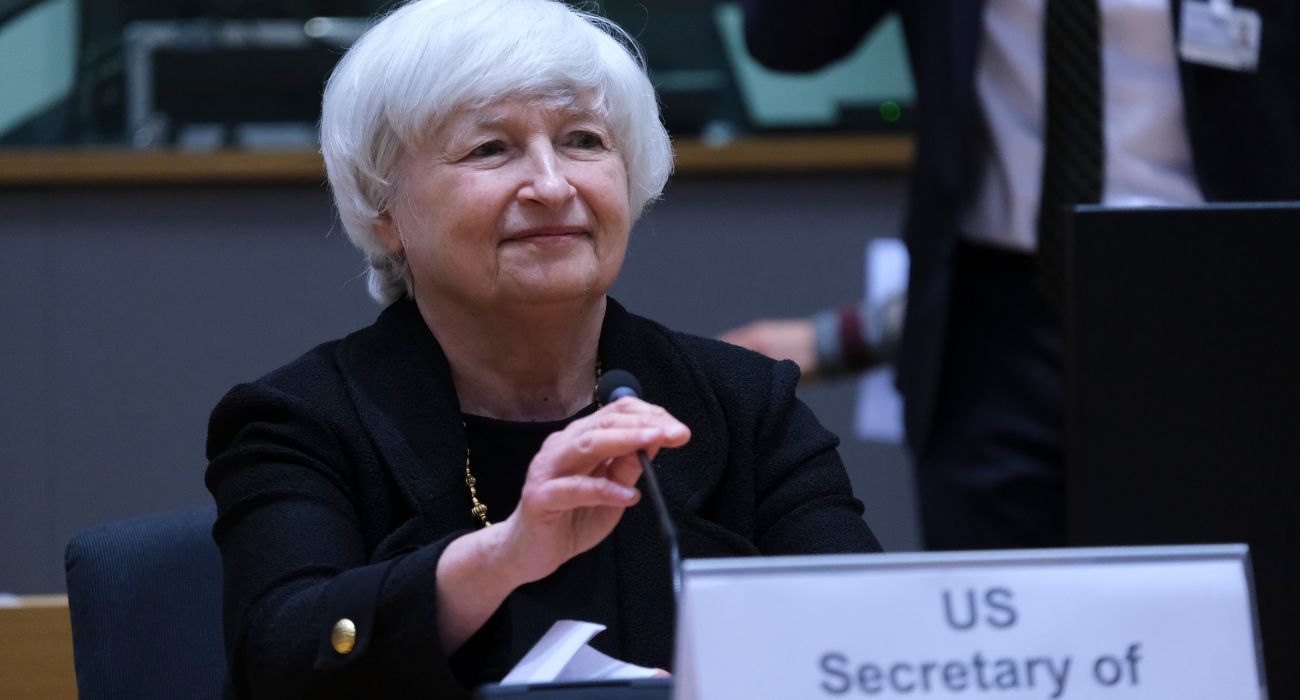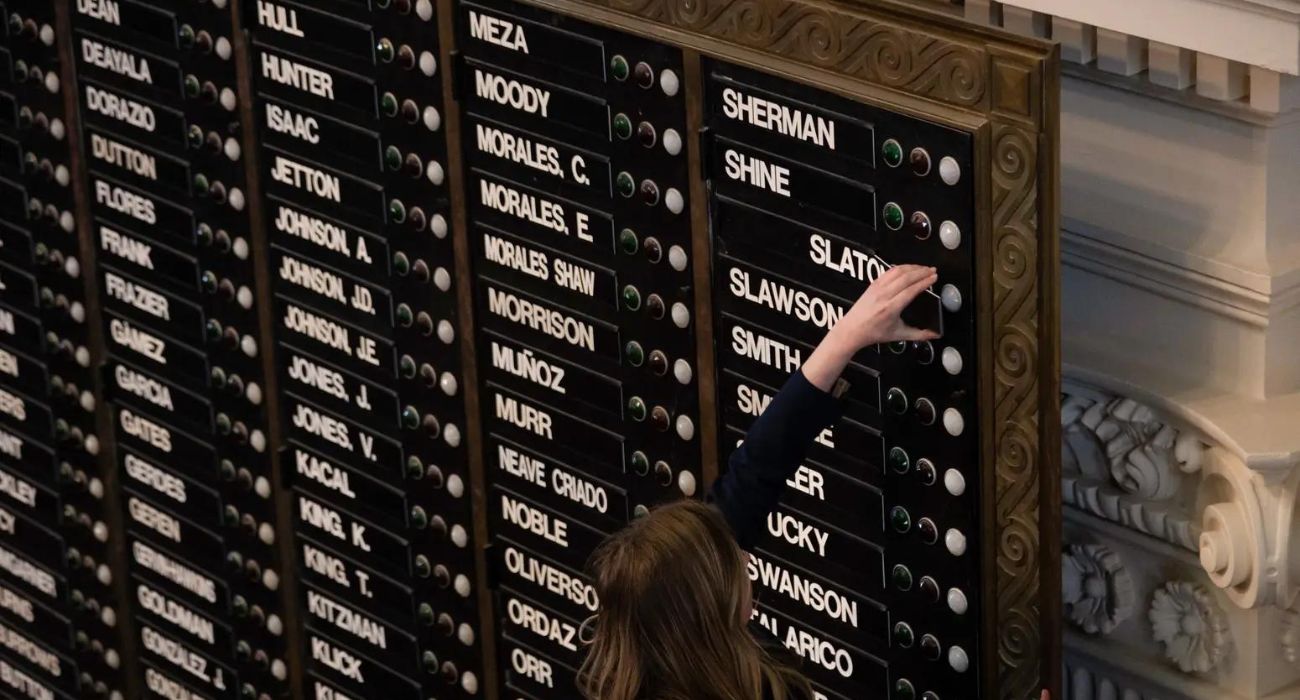NATO Secretary-General Jens Stoltenberg confirmed this week that there are over 100,000 US troops in Europe amid the war in Ukraine.
Stoltenberg confirmed the number during a news conference with Germany’s minister of foreign affairs on Thursday and during a news conference with Secretary of Defense Lloyd Austin.
The military publication Stars and Stripes reported that the last time the number of troops in Europe has been this high was in 2005, citing US-European Command records. It is an increase from January 2022, when about 80,000 US troops were stationed across Europe.
The records show that the number of US troops stationed in Europe was 350,000 in 1987. However, ever since the Soviet Union collapsed in 1991, US troops in Europe have steadily declined.
The most significant amount of US troops ever on European soil was during World War II, when there were nearly 3 million troops on the continent.
“We are reinforcing our collective defense. Hundreds of thousands of troops on heightened alert — 100,000 US troops in Europe,” Stoltenberg said Wednesday, according to a Department of Defense transcript. “And then 40,000 troops under the NATO command … the most in the eastern part of the alliance supported by naval and air forces.”
In February, President Joe Biden ordered more US troops to Europe after Russia’s invasion of Ukraine led to heightened tensions in the region. The number of US troops stationed in NATO countries that share a border with Ukraine and Russia, such as Poland, Romania, Slovakia, Lithuania, Estonia, and Latvia, has also increased.
Stoltenberg added that the troop buildup is intended to send “a clear message to Moscow that an attack on one ally will trigger a response from the whole alliance” and that “deterrence of defense is not about provoking a conflict but prevents a conflict. It’s about preserving peace.”






